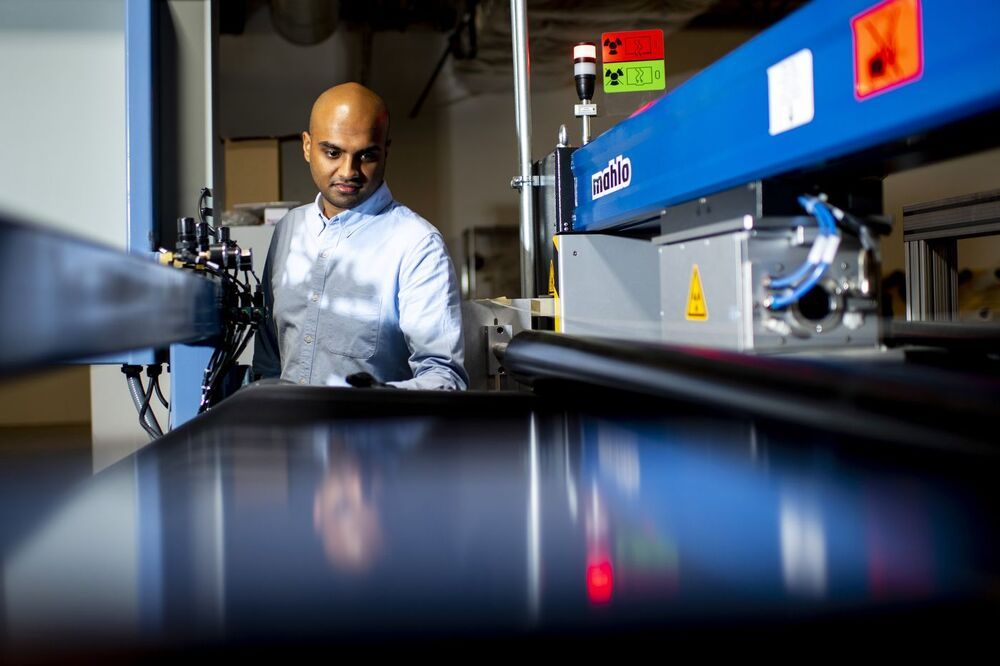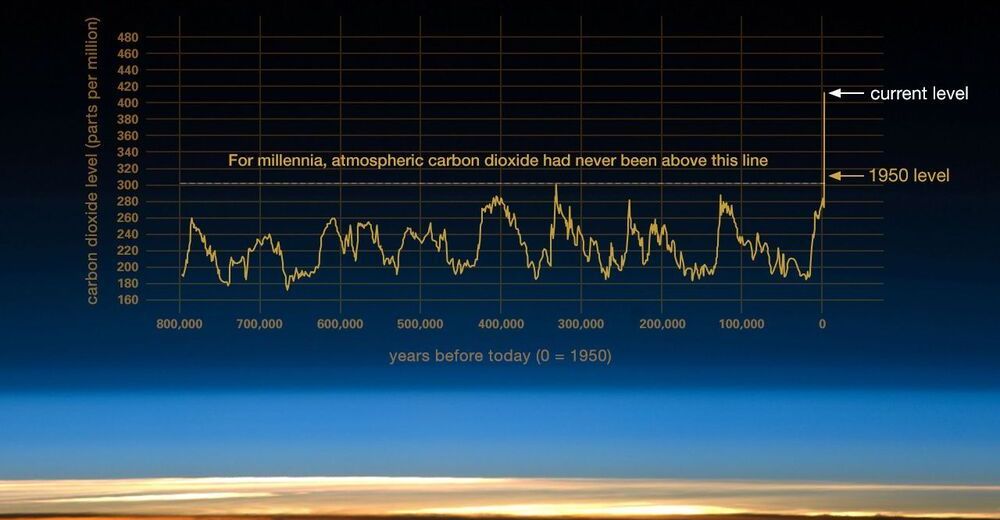“It was so easy to get support from Northeastern, especially considering that we were fresh out of college,” Gurijala says. Through the Venture Mentoring Network, the co-founders were advised on how to create a business model and pitch investors. “They even connected us to our first investor. I’m not sure we could have started Boston Materials without the support of the whole entrepreneurial ecosystem at Northeastern.”
Boston Materials, which recently raised $8 million from investors, is looking to expand its team.
“We’re looking to grow across the company, from the manufacturing team, to the engineering team, to the technical sales team,” Gurijala says. “It’s an exciting time. There’s so much momentum behind us right now.”




